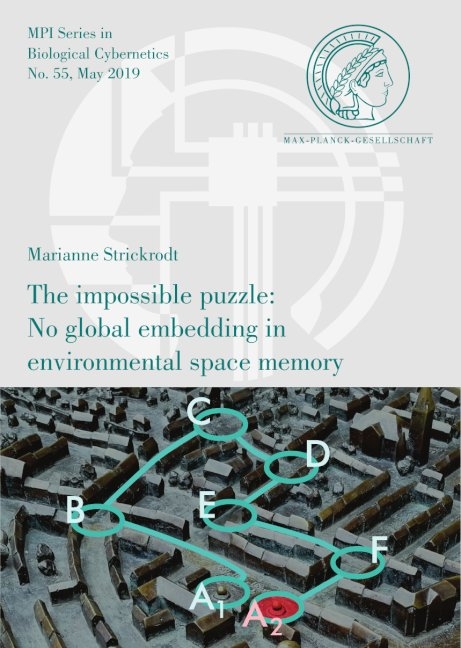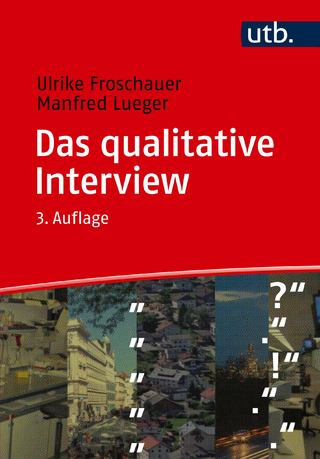We live in a fragmented environment where spatial information is scattered across rooms, streets, neighborhoods, and cities. To point out the direction to a currently non-visible location or to find novel shortcuts across previously untraveled terrain we need to rely on our spatial memory by piecing the experienced fragments together in our head. This thesis is concerned with the question of how our spatial memory for navigable space (also called survey knowledge) is structured. Two major theoretical approaches are contrasted. Euclidean map approaches assume that spatial locations are represented in a map-like, globally embedded, Euclidean format. Enriched graph approaches propose a partitioned, unit-wise representation of places connected in a network. In four consecutive studies participants learned spatial relations between objects spread across virtual environments and solved survey tasks afterward (e.g., pointing to object locations from memory). The observed effects imply that our memory of navigable space is stored in the format of an Enriched graph, a network of local places connected by directed links, without the necessity of a global calibration. Survey estimates seem to be constructed incrementally along the memorized connectivity and are generally transient. Additionally, a general reference direction can be acquired, a main direction that is propagated across a sub-group of multiple local places (i.e., a region) or that can cover the entire environment. Taken together, our representation of navigable space seems to be best described as an impossible puzzle where the memorized pieces and connections do not necessarily match up on a global scale.
Marianne Strickrodt studierte Psychologie in Gießen und begab sich für ihre Promotion ins Schwabenland. Am Max-Planck-Institut für biologische Kybernetik in der Universitätsstadt Tübingen setzte sie im Rahmen ihrer Doktorarbeit fort, was schon während ihrer Masterzeit begann: Die Erforschung des menschlichen Raumgedächtnisses. Am Cyberneum des Max-Planck-Institutes, aber auch während Forschungsaufenthalten an der Bournemouth University in Südengland und an der Brown University in Providence, USA, untersuchte sie wie Menschen navigierbare Umgebungen memorisieren. Besonderes Augenmerk legte sie dabei auf eine realitätsnahe und dennoch kontrollierbare Experimentalumgebung. Mithilfe eines komplexen Virtual-Reality und Bewegungstrackingsystem erschuf sie ein wirklichkeitsgetreues Lernerlebnis, bei dem sich Probanden physisch durch eine virtuelle Welt bewegen konnten.
| Erscheinungsdatum |
30.06.2019
|
| Reihe/Serie |
MPI Series in Biological Cybernetics ; 55
|
| Sprache |
englisch |
| Maße |
210 x 297 mm |
| Einbandart |
Paperback |
| Themenwelt
|
Geisteswissenschaften ► Psychologie ► Test in der Psychologie |
| Schlagworte |
Lernen und Gedächtnis • Navigation • Navigierbare Räume • Raumkognition • Überblickswissen |
| ISBN-10 |
3-8325-4925-0 / 3832549250 |
| ISBN-13 |
978-3-8325-4925-1 / 9783832549251 |
| Zustand |
Neuware |



